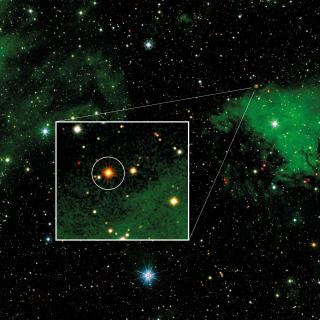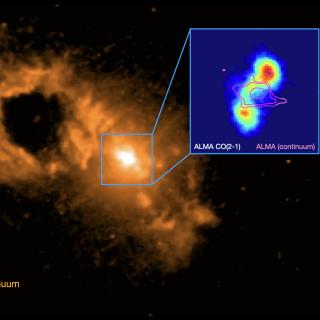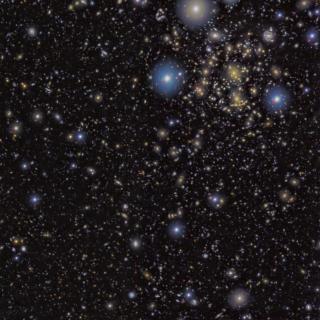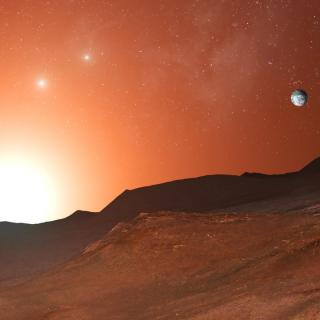
An international team of astronomers, led by researchers from the Instituto de Astrofísica de Canarias (IAC) and the University of La Laguna (ULL), has found one of the most massive and luminous stars in our galaxy, behind a dense cloud of interstellar gas and dust. It is a supergiant, with a mass almost 50 times the mass of the Sun, with a radius almost 40 times the solar radius, and a luminosity approaching a million times that of our own star, and has been given the descriptor 2MASS J20395358+4222505. But its most disconcerting aspect for the researchers is a variation in its velocity of
Advertised on




